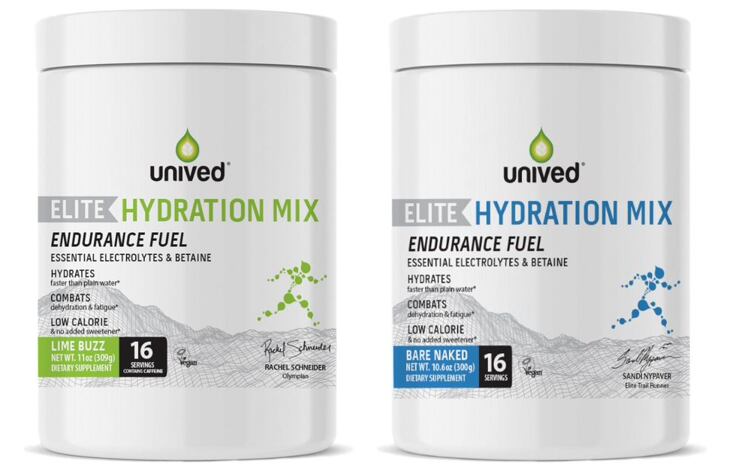The new set of regulations is known as FSS (Health Supplements, Nutraceuticals, Food for Special Dietary Use, Food for Special Medical Purpose and Prebiotic and Probiotic Food) Regulations, 2022.
The framework is in fact, still in the process of draft publication and is open for comments from the industry stakeholders. Despite so, the FSSAI has operationalised the new regulations from April 1, without any transition period given.
Also known as FSS (Nutra) Regulations, 2022, the new framework will replace the Food Safety and Standards (Health Supplements, Nutraceuticals, Food for Special Dietary Use, Food for Special Medical Purpose, Functional Food and Novel Food) Regulations, 2016.
The new regulations aim to “remove ambiguity and bring more clarity”, said the FSSAI.
Speaking to NutraIngredients-Asia, Pradip Chakraborty, a former director at the FSSAI, who is currently a consultant and advisor to Reckitt Benckiser (RB) and Modicare, said that the new regulations would benefit the industry by expanding the scope for new product innovation and imports.
This is due to a number of key reasons, such as a greater range of permitted dosage formats and a higher permissible limit to certain ingredients.
Also, the regulations now cover supplement guidelines for kids above two years old. Previously, the regulations only stated the supplement guidelines for individuals above the age of five.
The additional formats covered under the new regulations are drops, gummies, chewable and mouth dissolving strips, bars, biscuits, and candies.
This is an expansion from tablets, capsules, liquids, semi solids, pills, jelly or gel, and sachets allowed in the 2016 regulations.
“This set of new regulations will help. The manufacturers earlier were not able to manufacture and import some supplement products because there were no relevant guidelines.
“And so, they had to obtain permission from the FSSAI for every single product that was not covered under the regulations. Now, they just have to comply with the regulations,” said Chakraborty, who was involved in the drafting of the 2016 regulations.
According to Chakraborty, it takes between six and 12 months for a product not covered by the regulations to undergo assessment and approval.
“It is a long-term process because the applications will be scrutinised by an expert committee. It takes at least six to 12 months to get a product approved. Sometimes, the process is longer than a year and that is really troublesome for new entrance,” he said.
Another industry expert, Sandeep Gupta, chief founder and director at Expert Nutraceutical Advocacy Council (ENAC), also agreed that the new regulations will provide ease of compliance.
“The new amendments are more or less on the same line as the earlier regulations and hence complying to the same will be faster,” he said.
Ingredient limit
On the other hand, the permitted range for ingredients such as astaxanthin has increased, which Chakraborty said would be beneficial since this would allow a product to be more potent and in turn, more effective.
For astaxanthin, the permitted range is now two to 12mg per day, while previously, it was four mg per day for use in nutraceutical.
However, others such as co-enzyme Q10 from non-GM source has been reduced from 100-1,000mg per day to between 60 and 300mg per day.
There was also greater clarity for ingredients such as tocotrienols and glutathione, Gupta pointed out.
For instance, tocotrienols have been added to a component of vitamin E under Schedule I’s List of Vitamins and Minerals.
As for glutathione or S-acetyl glutathione, its permitted range for daily consumption has been added to the new regulations as between 50mg to 600mg.
Pre/probiotics
There is also an expansion in the list of permitted pre/probiotics strains.
Three more probiotic strains have been added into the List of Probiotic (Live) Micro-organisms under Schedule VII, which are Bacillus clausii, Bacillus indicus, and the established probiotic strains of Bacillus subtilis.
Three more prebiotics compounds have also been added. They are partially hydrolysed guar gum, pectin, and resistant dextrin.
On the other hand, soybean oligosaccharides, which was in the previous list of permitted prebiotics, have been changed to soya poly-saccharides and soya oligosaccharides.
Limitations
While the new regulations would benefit the industry, the two industry experts acknowledged that there are still limitations to overcome.
According to Chakraborty, one of the regulatory bottlenecks lies in the recommended dietary allowance (RDA) for vitamins and minerals.
“Suppose in the case of vitamin C, the maximum permissible limit as per the 2010 guidelines of NIN-ICMR was only 40mg, now it has been revised to 80mg and both these guidelines are operated until June 30, 2023.
“Actually, we did not get proper efficacy [for vitamin C] during COVID-19 pandemic. Most of the dieticians suggested that we should consume at least 500mg of vitamin C and zinc. But in our regulation, vitamin C of more than 80mg is not permitted, so how can we consume 500mg?” he said.
However, he also pointed out that “no regulation in the world is fool proof.”
Gupta also pointed out the limitations of the RDA framework and advocated for the adoption of RDA by tolerable upper limits (TUL).
The RDA by TUL concept refers to the maximum amounts of vitamins and minerals that one can safely consume without the risk of an overdose or serious side effects per day.
“Industry representations like 50 per cent tolerable upper limits (TUL), the inclusion of certain ingredients such as adenosylcobalamin (co-enzyme B12), benfotiamine / benfothiamine (vitamin B1) are still not covered in the regulations,” he said.





